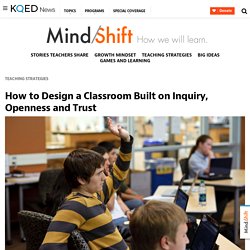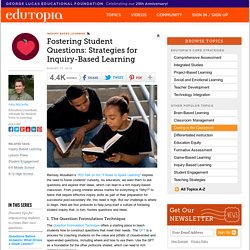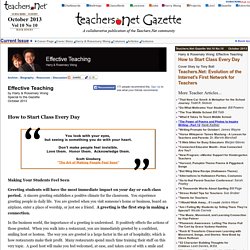

Thoughts on Education: BreakoutEDU on the 1st Day of School? Why Not!! BreakoutEDU on the 1st Day of School?

Why Not!! I designed a Breakout for the first day of school, and the energy was electric. The kids have been begging for another one, every day since. After participating in a BreakoutEDU session at the Stanislaus GAFE Summit this summer, I was intrigued. In order to really understand all the pieces though, I had to make my own. I started out by thinking of the things I would normally do the first day: Put students in ABC order by their first name, have them join my Google Classroom, get them to explore my website, etc… Then I worked out how to make those tasks into clues. Here is my map with all of the pieces, put together on a Google Drawing. I started it off with a Google form I wanted to them to fill out so I could get to know them better.
Next I had them line up in ABC order by first name to get their class numbers. I explained how a Breakout worked and that a key piece would be teamwork. Me: Does anyone know what this logo is? WSWHE BOCES 2015. Kid Lit TV. How to Design a Classroom Built on Inquiry, Openness and Trust. Teachers who are interested in shifting their classrooms often don’t know where to start.

It can be overwhelming, frightening, and even discouraging, especially when no one else around you seems to think the system is broken. A question I’m asked often is, “Where should a teacher begin?” Should teachers just let students go or is there a process to good student-centered inquiry? I’ve reflected on this a fair amount, and I think small strategic steps are the key. I think letting students “go” without any structure will likely create failure, especially if students haven’t spent much time collaborating. Many teachers have likely engaged in some type of inquiry or project-based learning, but with frustrating or dismal results. When I start with a new group of students, the design is tight. I’ve also discovered I need to teach the difference between collaboration and cooperation.
Going with the "Flow": Teachers' Perspectives about When Things Really Work, Online Submission, 2014-Jul-22. This research studies teachers' experience with the concept of "flow.

" Flow can be described as a state of being in which one is fully engrossed in the activity. When activities are in "flow," there is a sense of immersion, high energy, joy, and focus. In an analysis of fifteen teachers' reflections of flow experiences, five prominent characteristics emerged: engagement, authentic and meaningful experiences, relationships, learning environment, and flexibility and risk-taking.
Recognizing the classroom conditions under which flow may occur could assist teachers in creating effective and engaging learning environments. Our research supports the idea that flow is not only desired but something that can be fostered. Serravallo_StudyGuide. Fostering Student Questions: Strategies for Inquiry-Based Learning. Ramsey Musallam’s TED Talk on his "3 Rules to Spark Learning" inspires the need to foster students' curiosity.

As educators, we want them to ask questions and explore their ideas, which can lead to a rich inquiry-based classroom. From young children whose mantra for everything is "Why? " to teens that require effective inquiry skills as part of their preparation for successful post-secondary life, this need is high. But our challenge is where to begin. Here are four protocols to help jump-start a culture of fostering student inquiry that, in turn, fosters questions and ideas. What's Your Learning Style? Motivating the Unmotivated. Here's an all-too-common scenario: A group of elementary or middle school students are unruly, disrespectful and underperforming academically and socially in the classroom.

They do not appreciate the value of education. The teacher, despite good intentions and passion, is viewed as an adversarial or irrelevant authority figure. The students are unwilling to participate in tutoring or traditional mentoring programs. Classroom teaching can best be accomplished -- and sometimes can only be accomplished -- if a student is willing to be taught. In his book Dropping Out, Russell Rumberger lays out the societal consequences, including: . . . poor academic performance in middle school and even elementary school can decrease a student’s motivation in high school, which can lead to failing courses and skipping school, . . . Statistic Brain provides this information: Image Credit: Chelsea Dale So what can be done? Edutopia. Harry & Rosemary Wong: Effective Teaching - Teachers.Net Gazette.
How to Start Class Every Day Making Your Students Feel Seen Greeting students will have the most immediate impact on your day or each class period.

A sincere greeting establishes a positive climate for the classroom. You experience greeting people in daily life. You are greeted when you visit someone’s home or business, board an airplane, enter a place of worship, or just see a friend. In the business world, the importance of a greeting is understood. Your wait person welcomes you and takes care of your needs. It makes sense that greetings would apply in your classroom.
It Begins at the Door.